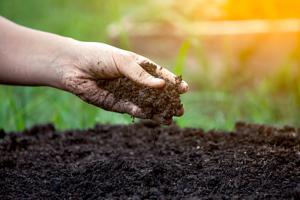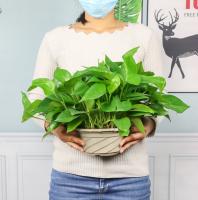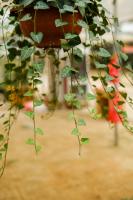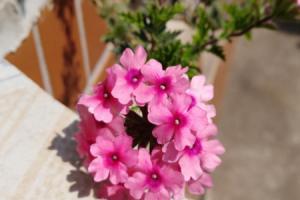Introduction
A clone pot plant is an exact replica of its mother plant, with identical genetics and growth characteristics. Cloning a pot plant can be a great way to preserve a particularly desirable strain or to ensure consistency in your grow room. In this guide, we'll cover everything you need to know to make a successful clone pot plant.
Gather Your Materials
Before starting, gather all the necessary equipment. You will need a clean, sharp pair of scissors, rooting hormone, sterile cutting tools, a rooting medium (such as rockwool or peat pellets), and a humidity dome or plastic bag. You may also want to invest in a cloning gel to ensure maximum success and growth.
Select Your Mother Plant
Choose a healthy mother plant with desirable genetics and growth characteristics. The plant should be at least two months old and in vegetative stage. Make sure the plant is free from any pests, diseases or environmental stress factors. Also, confirm that the plant is female (if you are growing from feminized seeds) and has not been exposed to any chemicals, such as pesticides or herbicides, that could affect clone success.
Cut the Stem
Using your scissors, cut a 3-4 inch stem from the mother plant. Choose a stem with multiple nodes, where the leaves meet the stem. Remove the bottom two sets of leaves, leaving only the top few leaves. This will reduce the amount of moisture lost during rooting and promote healthy growth. Make sure the cut is clean and not damaged. You can also make a 45-degree angle cut to increase the surface area for root growth.
Apply Rooting Hormone
Dip the cut end of the stem into the rooting hormone, making sure the entire stem surface is well coated. Shake off any excess powder. This hormone will stimulate the stem cells to develop roots and promote faster and healthier root growth.
Plant in the Rooting Medium
Place the cutting in the rooting medium, making sure the cut end is buried about an inch deep. Firmly press the medium around the stem to ensure good contact. If using rockwool, soak the cubes in water before planting the cuttings. Make sure the medium is moist, but not waterlogged.
Cover with a Humidity Dome
Place the pot with the cutting inside a humidity dome or cover with a clear plastic bag. This will create a humid environment and prevent excessive moisture loss. Place the pot in a bright, but not direct light. Keep the temperature around 70-75°F and maintain high humidity (around 80%).
Maintain and Monitor
After a few days, check the humidity level and moisture of the rooting medium. Spray the inside of the humidity dome or plastic bag with water to maintain high moisture levels. Open the dome or bag for a few minutes each day to prevent the accumulation of excess moisture. Check for root growth after 10-14 days. Once the roots have developed, transplant the clone pot plant to its final container and continue to care for it as you would the mother plant.
Conclusion
Cloning a pot plant is a great way to ensure genetic consistency and maintain a desired strain. With the right materials, technique and care, you can easily make a clone pot plant. Remember to choose a healthy mother plant, use clean and sharp tools, apply rooting hormone, place the cutting in a suitable rooting medium, cover with a humidity dome or plastic bag, and monitor the progress. Happy cloning!

 how many times do yo...
how many times do yo... how many planted tre...
how many planted tre... how many pine trees ...
how many pine trees ... how many pecan trees...
how many pecan trees... how many plants comp...
how many plants comp... how many plants can ...
how many plants can ... how many plants and ...
how many plants and ... how many pepper plan...
how many pepper plan...































